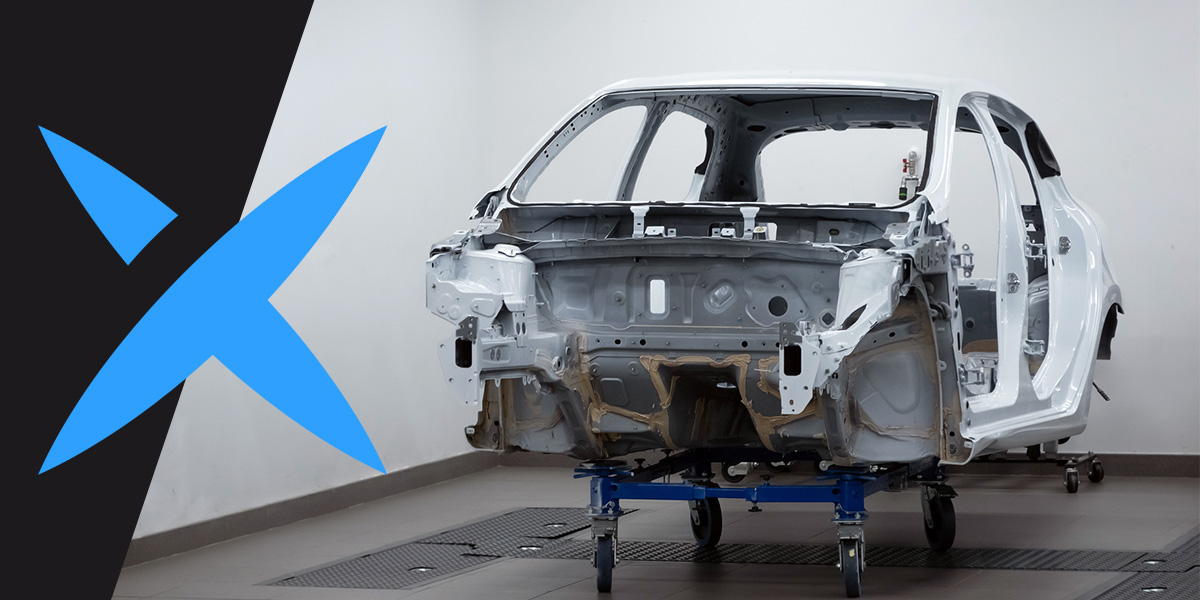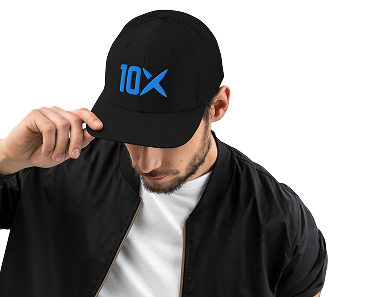Can You Sandblast a Car?

Yes, a car can be sandblasted. Sandblasting is a popular method for removing paint, rust and other contaminants before restoring or refinishing a car. Although most abrasive blasting doesn’t use sand anymore, many people still use the term “sandblasting” to refer to similar processes with various media.
Learn how long you can expect the process to take, the average cost to sandblast a car and whether rust will return afterward.
How Long Does It Take to Sandblast a Car?
It typically takes two to six hours for a professional to sandblast an entire car. This is just the blasting time and doesn’t include preparing the vehicle for blasting. Several factors affect the time, including vehicle type and the current condition of the surface. For example, if your vehicle is small and has minimal corrosion, it might take less time. However, it will likely take longer if your car is older or more corroded and has many intricate, delicate parts.
If you want to sandblast your vehicle yourself, you could easily spend an entire day or even two days on the prep and blasting. You should also expect to spend longer if you haven’t used a sandblaster before. Go carefully and take your time to avoid damaging your car.
What Is the Average Price to Sandblast a Car?
How much it costs to sandblast a car depends on whether you do it yourself or hire someone to do it for you. Renting a sandblaster and buying media may cost less money, but you’ll spend more time doing the work yourself. When hiring a pro, sandblasting can cost several thousand dollars, whereas, for the do-it-yourself folks, the cost will typically be in the $900 to $1,500 range.
If you go with a professional, many different factors affect the final cost, including:
- Vehicle size: Larger vehicles take more time and cost more. Smaller vehicles typically take less time and cost less.
- Complexity of the features: Vehicles with intricate details or vintage cars that require more care take longer and are going to be more expensive.
- Condition: A vehicle with multiple layers of paint or extensive corrosion will cost more to sandblast since it requires more time.
- Required preparation: The additional prep work a car needs before blasting, the more time and money it takes. Preparation work can include masking specific areas, disassembling components, and removing various trim pieces.
- Additional services: Some blasting professionals offer other services you can add, such as applying a primer coat or conducting vehicle pickup and delivery.
The abrasive material itself can influence the cost significantly. These days, sandblasting rarely involves actual sand. Blasting can use many different materials, and they have varying costs. For car sandblasting, blasting media includes crushed glass, glass beads, plastic beads, aluminum oxide, baking soda or superoxalloy materials. Finer or specialized media typically cost more. However, they can also be more efficient and effective in this thinner sheet metal application, saving you more money overall.
Blasting media products from 10X Engineered Materials are an excellent choice. We make our superoxalloy products from mineral wool insulation. The tempering process creates amorphous particles that are extremely strong and resistant to breakage from every angle. Thanks to this strength, these particles do more work than weaker particles, increasing efficiency and lowering the cost per square foot. This media can be used multiple times without losing efficacy, which can also reduce your total blasting costs.
Because so many different factors affect the cost of sandblasting a car, it’s best to consult a professional service company for an estimate.
Will Rust Come Back After Sandblasting a Car?
Rust can return after you sandblast your car if you don’t add a protective coating over the raw metal. Rust and other types of corrosion occur when metal is exposed to moisture and oxygen. While sandblasting can remove surface rust, it does nothing to prevent new rust from forming. Adding a coat of paint, primer, or other rust-inhibiting coating after sandblasting is the best way to keep rust from returning.
Look for 10X Engineered Materials Superoxalloy Blasting Media
If you’re considering getting your car sandblasted, look for a professional who uses superoxalloy media from 10X Engineered Materials. We offer two products — EpiX precision abrasives and KinetiX high-production abrasives. Most automotive applicators that use superoxalloy blast with EpiX products. Learn more about our products or contact us for more information.

